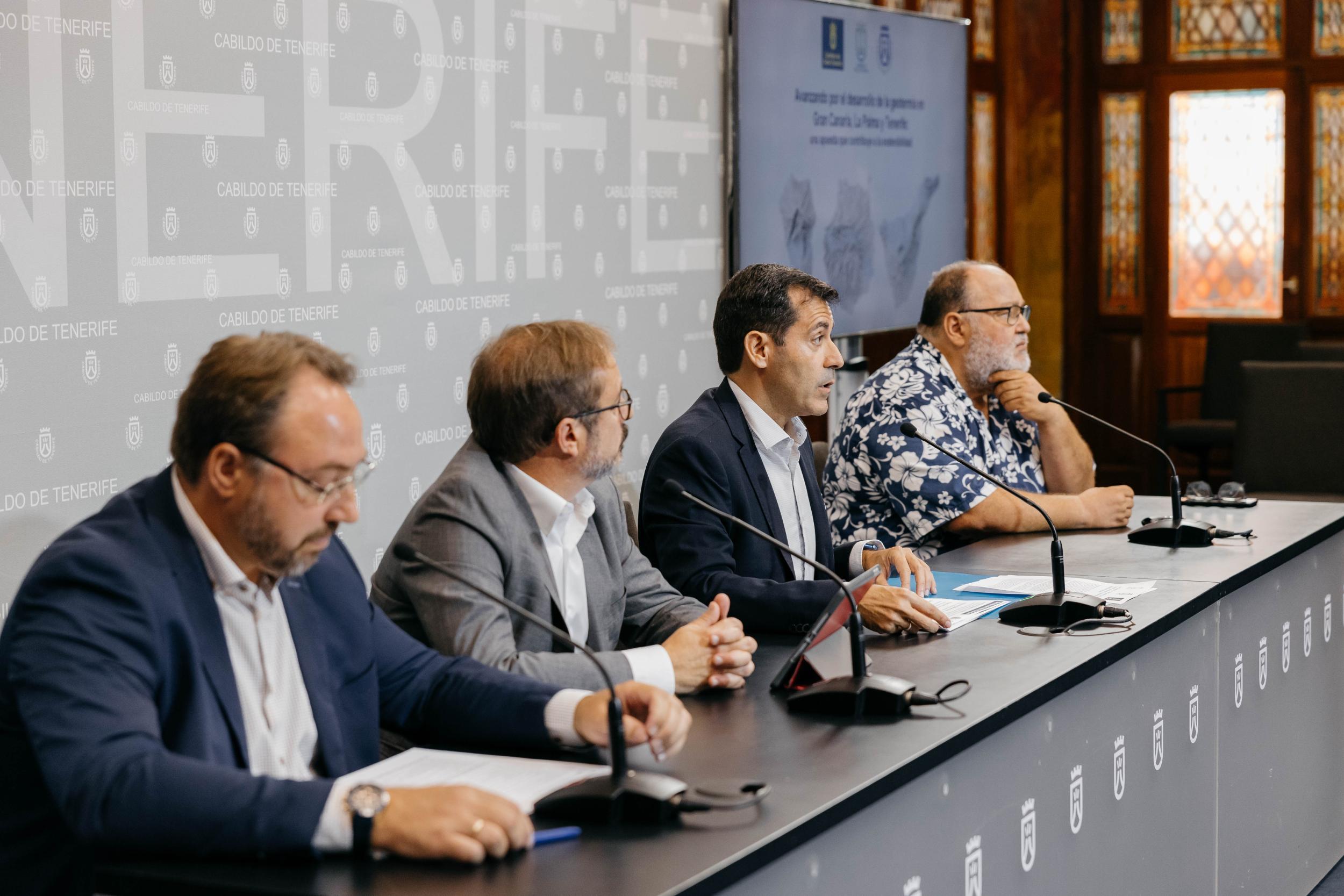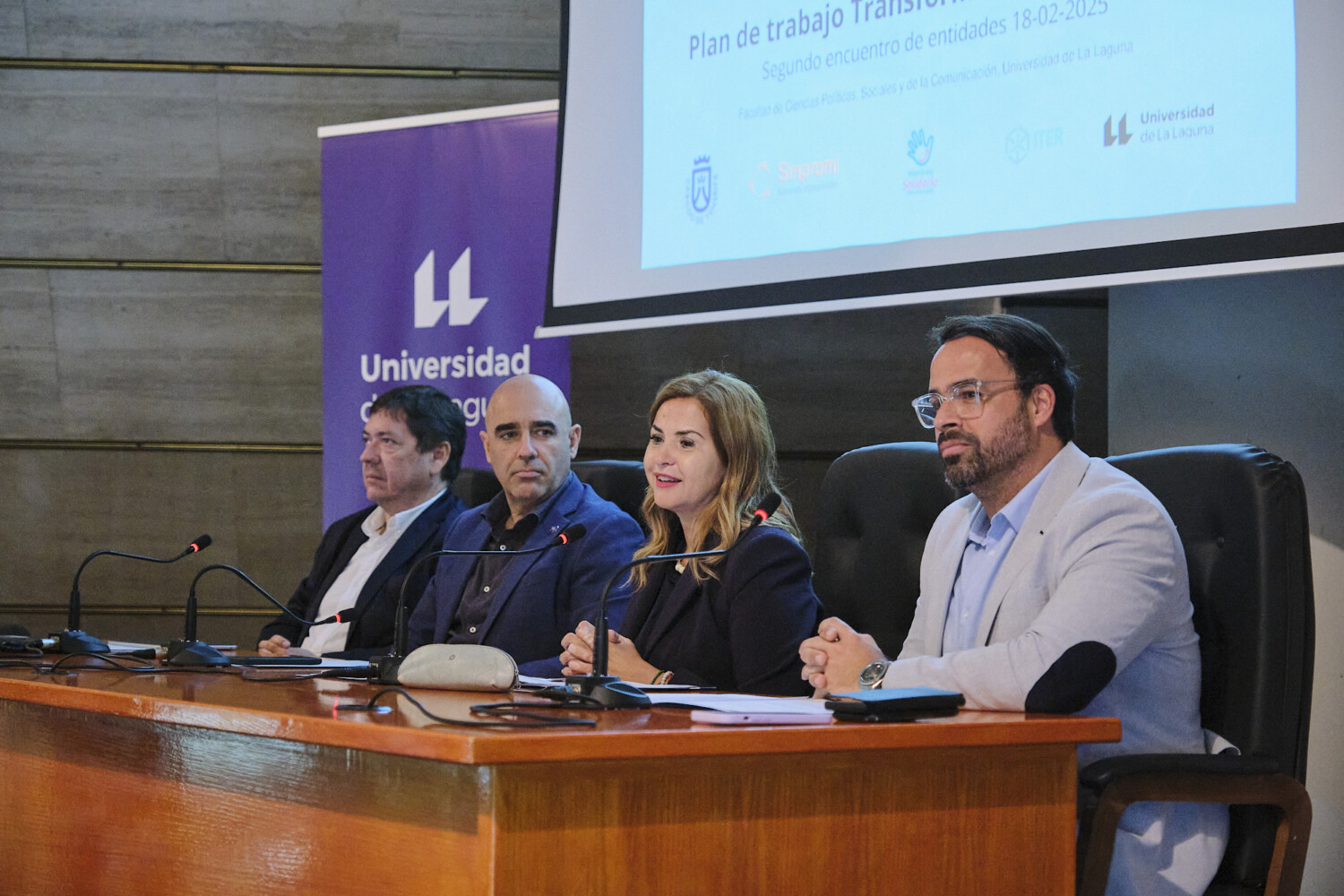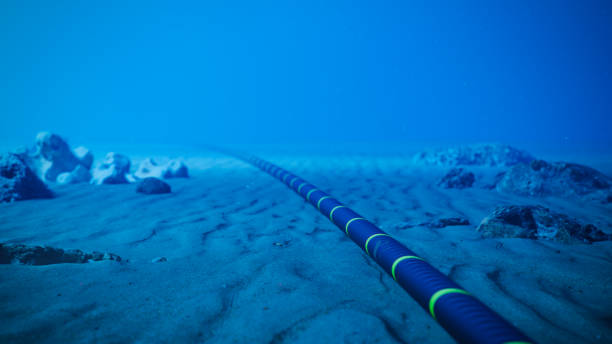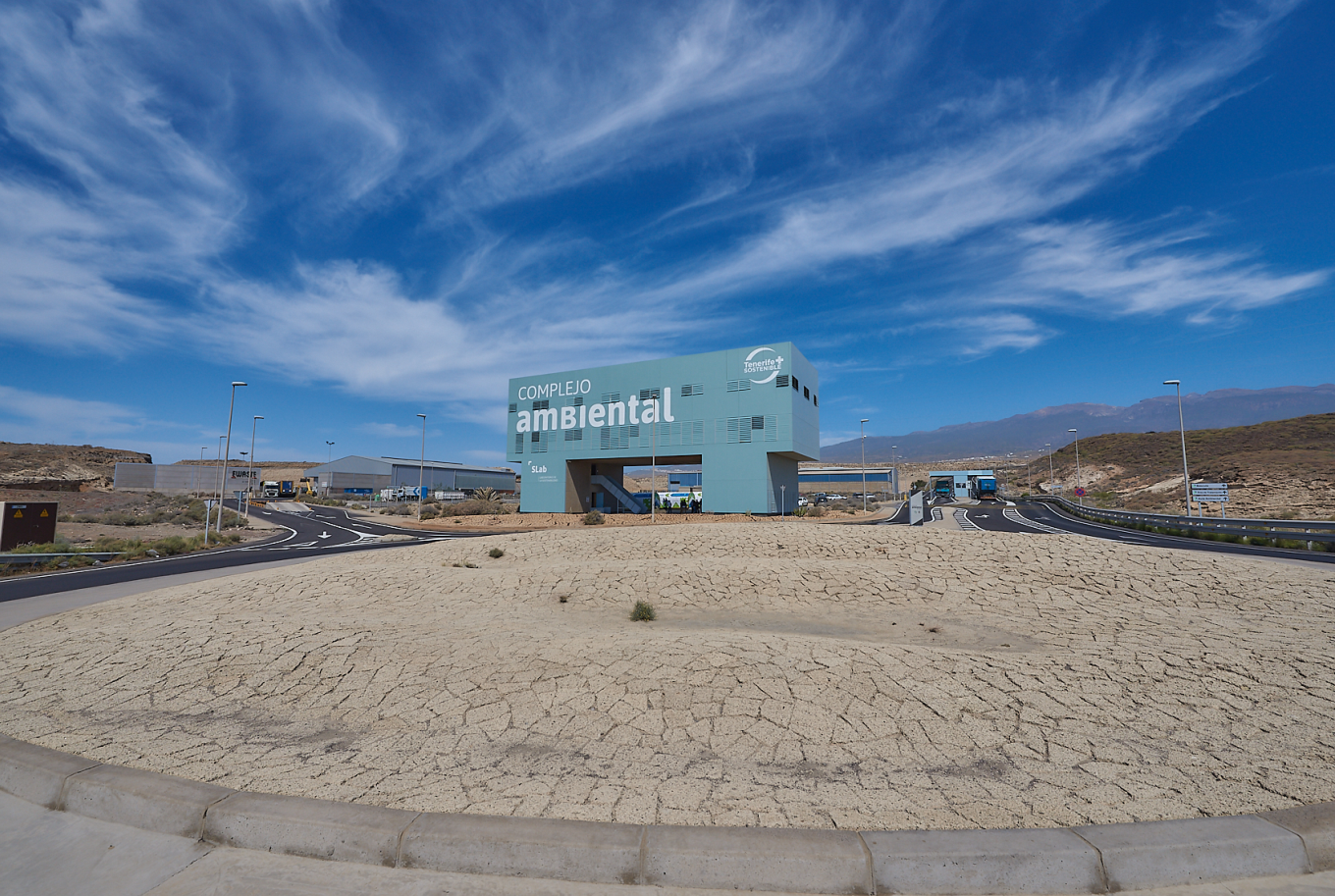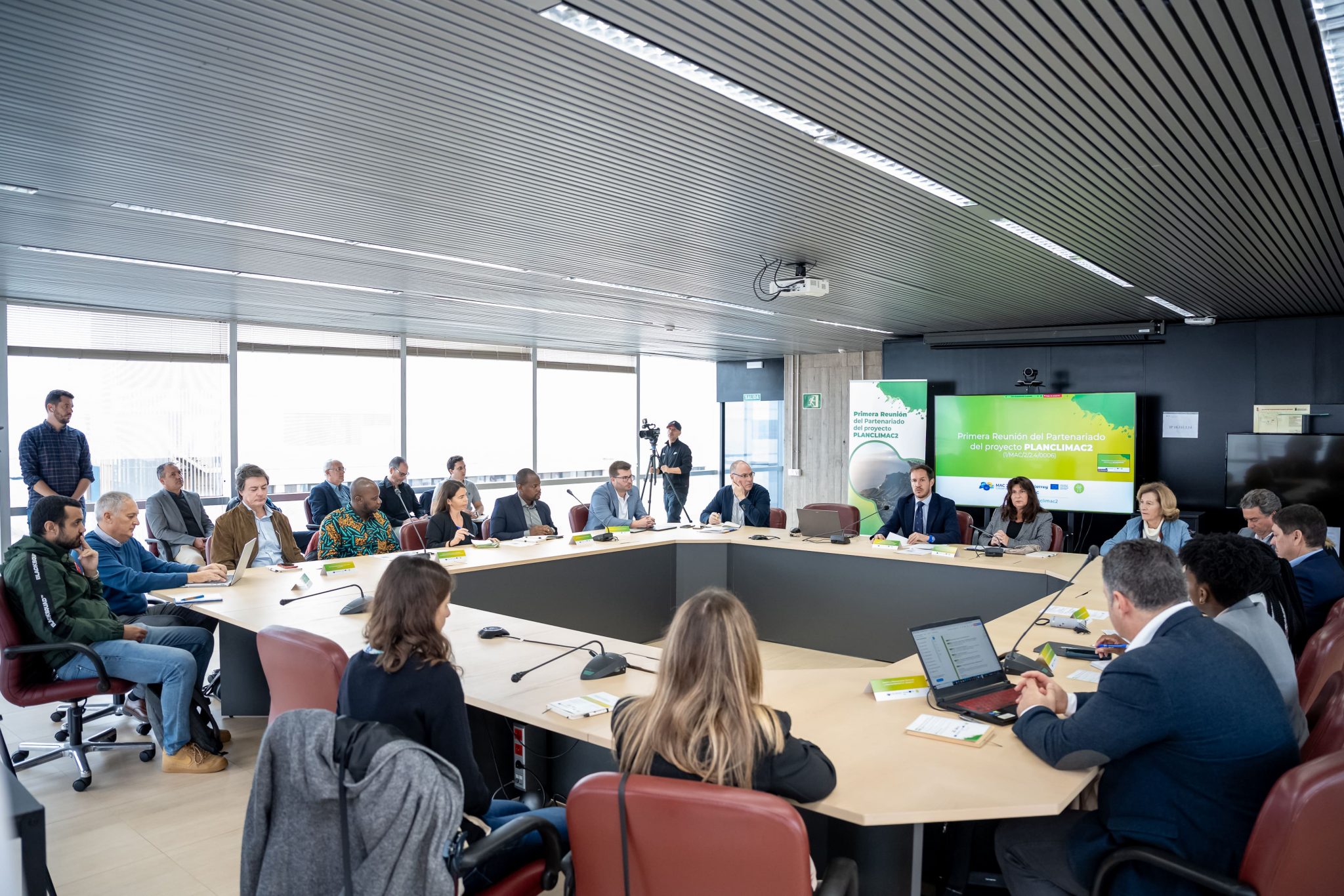The three Administrations, which have been committed to the development of conventional geothermal energy in the Canary Islands since 2017, promoting and co-financing surface geothermal exploration research work on their respective islands through the Volcanological Institute of the Canary Islands (Involcan), have requested 15 million euros each from the Institute for Energy Diversification and Saving (Instituto para la Diversificación y Ahorro de la Energía).
The Island Councils of Gran Canaria, La Palma and Tenerife have recently promoted the implementation of public-private initiatives to boost the development of conventional geothermal energy in these three island environments. To this end, they have submitted applications to the Institute for Energy Diversification and Saving (IDAE), an entity under the Ministry of Ecological Transition and Demographic Challenge, for the granting of aid for feasibility studies of innovative projects for the use of deep geothermal energy, within the framework of the Recovery, Transformation and Resilience Plan -financed by the European Union-Nextgeneration EU- which has a budget item of 15 million euros for each of the islands. The IDAE aid amounts to a total of 120 million from the Next Generation funds, half of which, 60 million, is earmarked for the Canary Islands, at a rate of 15 million per island.
The Councilor for Innovation, Research and Development of the Cabildo of Tenerife, Juan José Martínez; the Councilor for Environment, Climate, Energy and Knowledge of the Cabildo of Gran Canaria, Raúl García; the Councilor for Finance, Human Resources, Commerce, Training, Employment, Industry and Energy of the Cabildo of La Palma, Fernando González; and the director of the Environment area of the Technological Institute of Renewable Energies ITER and scientific coordinator of the Volcanological Institute of the Canary Islands, INVOLCAN, Nemesio Pérez, explained today (Monday 25th) the different initiatives that have been launched.
Juan José Martínez pointed out the importance of researching and exploring this resource “which would not only reduce the consumption of fossil fuels but would also bring stability to the supply of the renewable energy system”. He also explained that Tenerife has presented projects for almost 100 million euros in the west, south and southeast of the island by the hand of ITER, Involcan and DISA and understands that these projects “will help the energy sovereignty of the island at a time of emergency and with the threat of blackouts”.
For his part, Nemesio Pérez pointed out that since 2017 the Cabildos of Gran Canaria, La Palma and Tenerife have been committed to the development of conventional geothermal energy in the Canary Islands, promoting and co-financing surface geothermal exploration research work on their respective islands through the Volcanological Institute of the Canary Islands(Involcan).
“The Canary Islands is the only area in Spain with a high enthalpy resource and it is necessary to invest. We have been working for years in the studies and now we have to share the risk of the cost with private companies, which is very high in the drilling phase and very low if the resource is found”. In this sense, Pérez defended geothermal energy because it is a “renewable, sustainable, stable, available and flexible” resource, he said.
Nemesio Pérez explained that previously and throughout 2023, the three Island Corporations have also submitted applications to the Canary Islands Government tender for research permits related to the development of conventional geothermal energy in their respective islands through their respective public companies: Consejo Insular de la Energía de Gran Canaria (CIEGC); Sociedad de Promoción y Desarrollo económico y Social de La Palma (Sodepal); Instituto Tecnológico y de Energías Renovables (ITER).
For his part, Fernando González has valued that geothermal energy is “constant and manageable” because it is a renewable energy that is not affected by meteorological phenomena, and in the case of La Palma, it could reach an installed power of 20 megawatts. In this sense, the Cabildo of La Palma is competing with projects valued at about 60 million in the areas of Mazo and Fuencaliente through Sodepal, the Insular Water Council, the energy cooperative and the water community Canopalma.
For his part, Raúl García, highlighted the “intense collaboration with Involcan to accompany the Cabildo de Gran Canaria in the development of geothermal energy, which coincides with the ecoisland model defended by the government team in search of energy sovereignty through renewables”. For this reason, they have presented projects for an amount of almost 31 million in an arc between Telde and Valsequillo, in the east of the island, with a public-private initiative formed by the Ente Público Empresarial Consejo Insular de la Energía, Canaluz Infinita, Ayagaures Medio Ambiente and Canary Islands Base, of the Satocan Group.
“We believe we will overcome the technical and regulatory challenges and the projects will be completed before the end of 2026,” he said, also highlighting that geothermal is a “promising alternative” to produce “clean and abundant” energy and help fight climate change.
Geothermal
Geothermal is defined as “energy stored in the form of heat beneath the surface of solid earth”.
It is a renewable and economical resource beneath our feet that harnesses the high temperatures of the Earth’s inner layers to produce heat and electricity in a sustainable way. Moreover, it is available 24 hours a day and has a predictable yield.
Geothermal power operates continuously to meet the minimum level of energy demand and can be adapted to meet varying levels of energy demand. Furthermore, production from untapped geothermal resources has the potential to become a driver of local economic development.
Moreover, geothermal energy is a versatile energy whose multiple applications are optimized through cascading uses of heat at progressively lower temperatures. Finally, the environmental footprint of geothermal energy is much smaller than that of other energy sources.
Geothermal resources are found at various depths (from hundreds of meters to several kilometers) and can be used to generate both thermal and electrical energy depending on their temperature. Deep or high temperature geothermal energy is associated with thermal anomalies in the earth’s crust where the geothermal gradient instead of being the normal one (30°C/km) is much higher (up to 200°C/km). These anomalies are usually mainly linked to volcanically active areas.
Once the geothermal resource has been identified in depth, after a detailed investigation and exploration of the subsoil, drilling is carried out to reach it. It is harnessed by mature technologies in thermoelectric power plants in which the extracted steam is injected into a turbine to generate electricity that is exported to the grid, providing stability to the electricity system as a green base load.
By being able to control the production of the geothermal resource at all times and being plants with a high capacity factor (above 90%), geothermal electricity becomes a great renewable ally of the electricity system, a role that is especially strategic in island territories as it can act as a renewable backup for the rest of the interruptible renewables (photovoltaic, wind) and thus facilitate the evolution of the islands towards a 100% renewable energy mix.
Geothermal energy differs from other renewables mainly because of the uncertainty associated with the identification of the geothermal resource in the initial phase of the projects. However, once the resource has been found and it has been verified that its exploitation is technically and economically feasible and a geothermal power plant is commissioned, the cost of the electricity generated is one of the most competitive of all renewables (LCOE between 0.04 – 0.07 €/kWh) according to the International Renewable Energy Agency (IRENA). These two differential factors highlight the importance of developing mechanisms to facilitate the mitigation of this initial risk, as has been done in other European countries where geothermal energy is being successfully implemented.
Geothermal energy in Spain and the Canary Islands
The geothermal potential in Spain is similar or even higher than in neighboring countries, but at present Spain has a zero level of geoelectricity development while Germany, France and Portugal have an installed geothermal capacity for electricity generation of 40, 16 and 29 MW respectively in 2021, largely installed in the island territories of these countries.
Undoubtedly, in Spain, the region best positioned to generate electricity from geothermal energy is the Canary Islands, given their volcanic nature. Although surface geothermal manifestations in the Canary Islands are not as evident as in other globally active island volcanic systems, the Canary Islands archipelago has a significant geothermal potential.
Geothermal research in the Canary Islands is a step ahead compared to the rest of the geothermal research in the peninsula. It has been developed since 2008 mainly through R+D+i projects that have been led by the Instituto Tecnológico y de Energías Renovables (ITER) and Instituto Volcanológico de Canarias (Involcan) during the last 15 years.
In the vision document of the Spanish Geothermal Technology and Innovation Platform (GEOPLAT) published in 2010, it was estimated that the Canary Islands would have an electricity generation potential of 255 MW of installed capacity by 2020. The impact of this development would induce energy benefits by contributing to decarbonizing the mix and reducing the high extra-peninsular energy costs. In addition to inducing important environmental benefits by replacing fossil power plants and, most importantly, it would induce socioeconomic benefits in the territories by making investments that would imply the generation and maintenance of jobs.
Press Conference (September 25, 2023)
Below you can watch the press conference held on September 25, 2023 in the Cabildo of Tenerife about the geothermal projects developed by the Island Councils of Tenerife, Gran Canaria and La Palma. The press conference was attended by the Councilor for Innovation, Research and Development of the Cabildo of Tenerife, Juan José Martínez; the Councilor for Environment, Climate, Energy and Knowledge of the Cabildo of Gran Canaria, Raúl García; the Councilor for Finance, Human Resources, Commerce, Training, Employment, Industry and Energy of the Cabildo of La Palma, Fernando González; and the Director of the Environment area of ITER and scientific coordinator of the Volcanological Institute of the Canary Islands, Nemesio Pérez.


